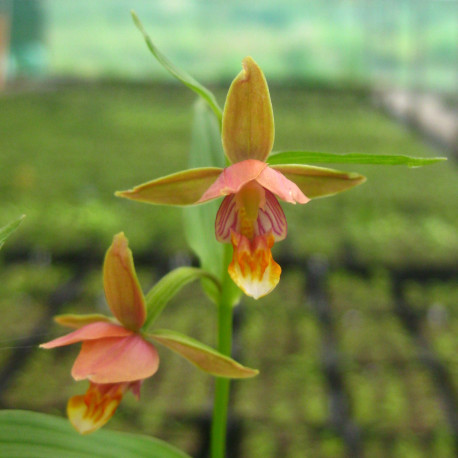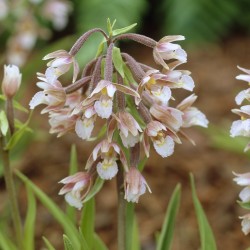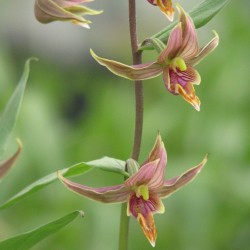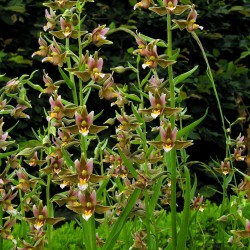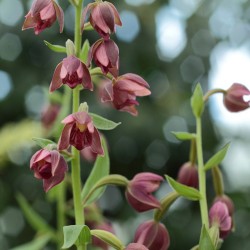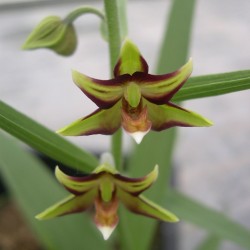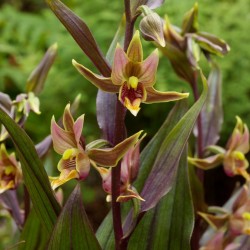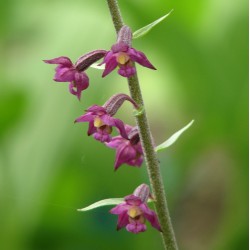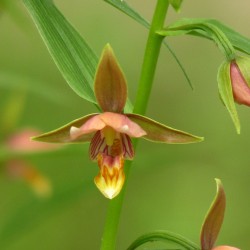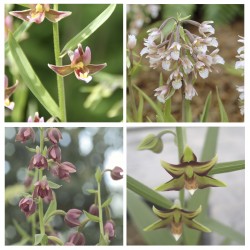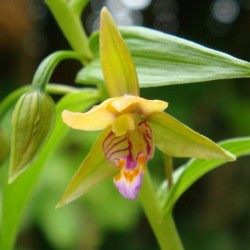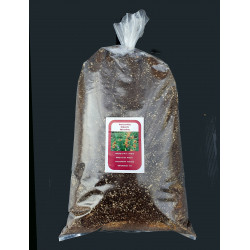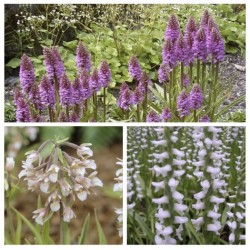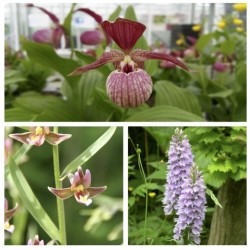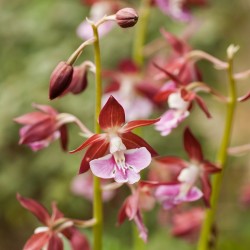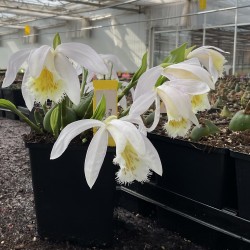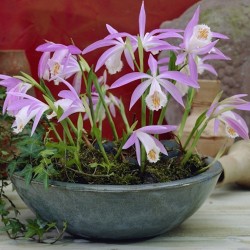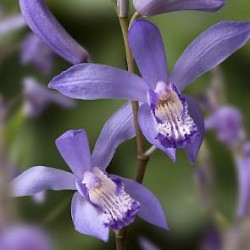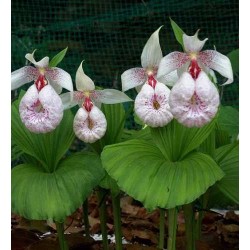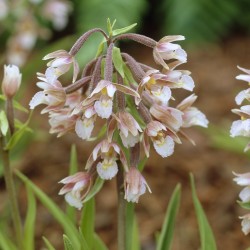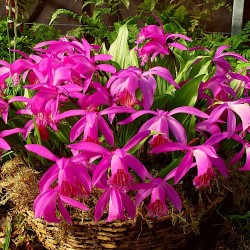No products
Product successfully added to your shopping cart
There are 0 items in your cart. There is 1 item in your cart.
Epipactis thunbergii
Superb terrestrial orchid native to Japan. In late spring or early summer, the plant has beautiful upright inflorescences composed of multiple yellow to orange flowers, marked with white, orange and pink on the labellum.
This orchid lives in the humid meadows of Japan. In the garden, it should be grown in semi-shade in cool to not too dry soil or in the sun, provided the soil is always cool to moist. It is not afraid of the cold. An orchid that is easy to keep.
This product is no longer in stock
By buying this product you can collect up to 2 loyalty points. Your cart will total 2 points that can be converted into a voucher of 0,40 €.
- Remove this product from my favorite's list.
- Add this product to my list of favorites.
- Send to a friend
Data sheet
| Range | Easy Garden |
| Color | Yellow-orange |
| Flowering | June, July |
| Height | 40-70 cm |
| Exposure | Sun, Semi-shade |
| Hardiness | Hardy (-20°C) |
| Presentation | 1 liter container, flowering size plant, 1-2 shoots |
More info
Planting
Epipactis tolerate many conditions. We recommend a light and well-aired soil. You can air your soil by means of some compost for hardy perennials. For an optimal result, 20% of lava stone (vulca, pumice, pouzzolane…) could be added in order to maintain good moisture in summer and to ensure good drainage in winter. The majority of the species (Epipactis palustris) are particularly fond of wet areas and can be cultivated at the banks of ponds or bodies of water.
Exposure
Epipactis can be planted in full sunlight on condition that the substrate is prevented from becoming dry in summer. A more shaded exposure is also possible.
Growth Phase...
During the winter, the plant persists in rhizome form and devel- ops new shoots in the spring. Epipactis are very cold-resistant and do not require any special protection in winter.
The new Epipactis shoots are visible at the beginning of spring while the flowering extends from the end of spring until the first half of summer (June, July). Approximately two months after the flowering, the foliage fades then disappears completely with the arrival of winter.
Highly proliferative, these orchids will quickly form colonies of several hundred head following the successive growth and dormancy cycles.
